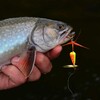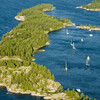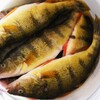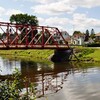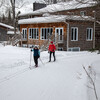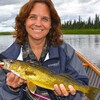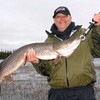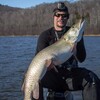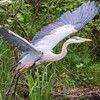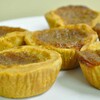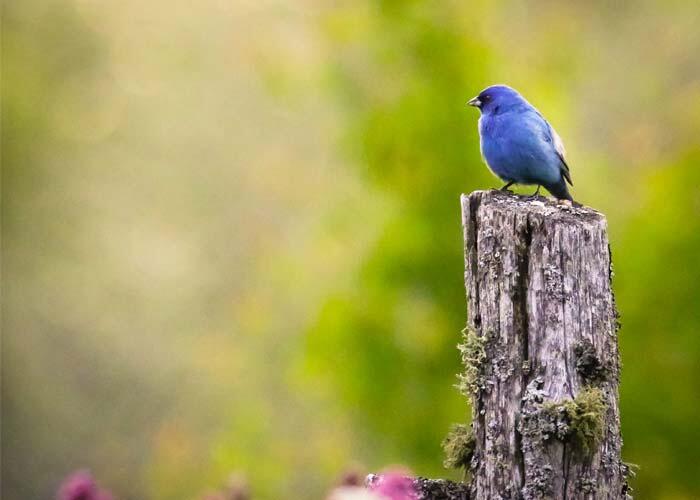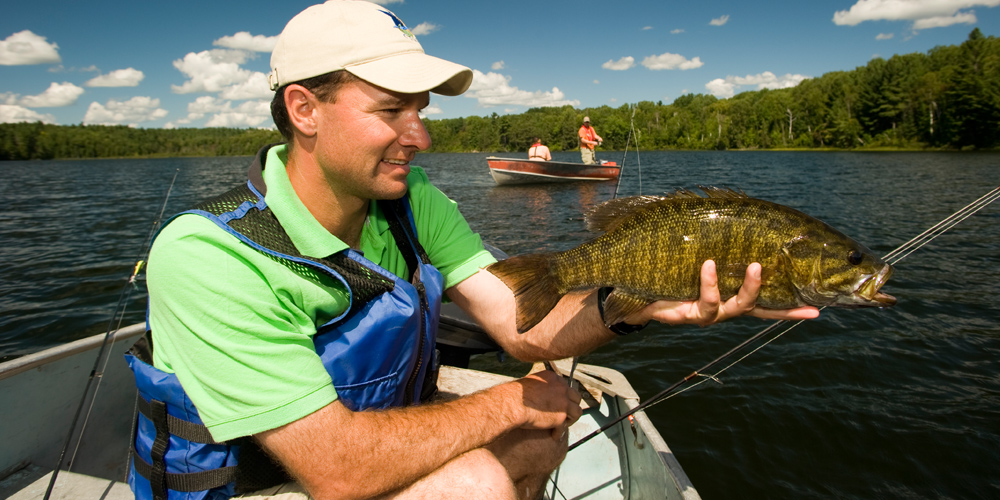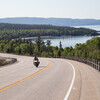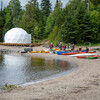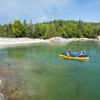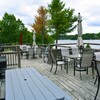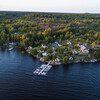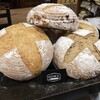
Birding In Algoma
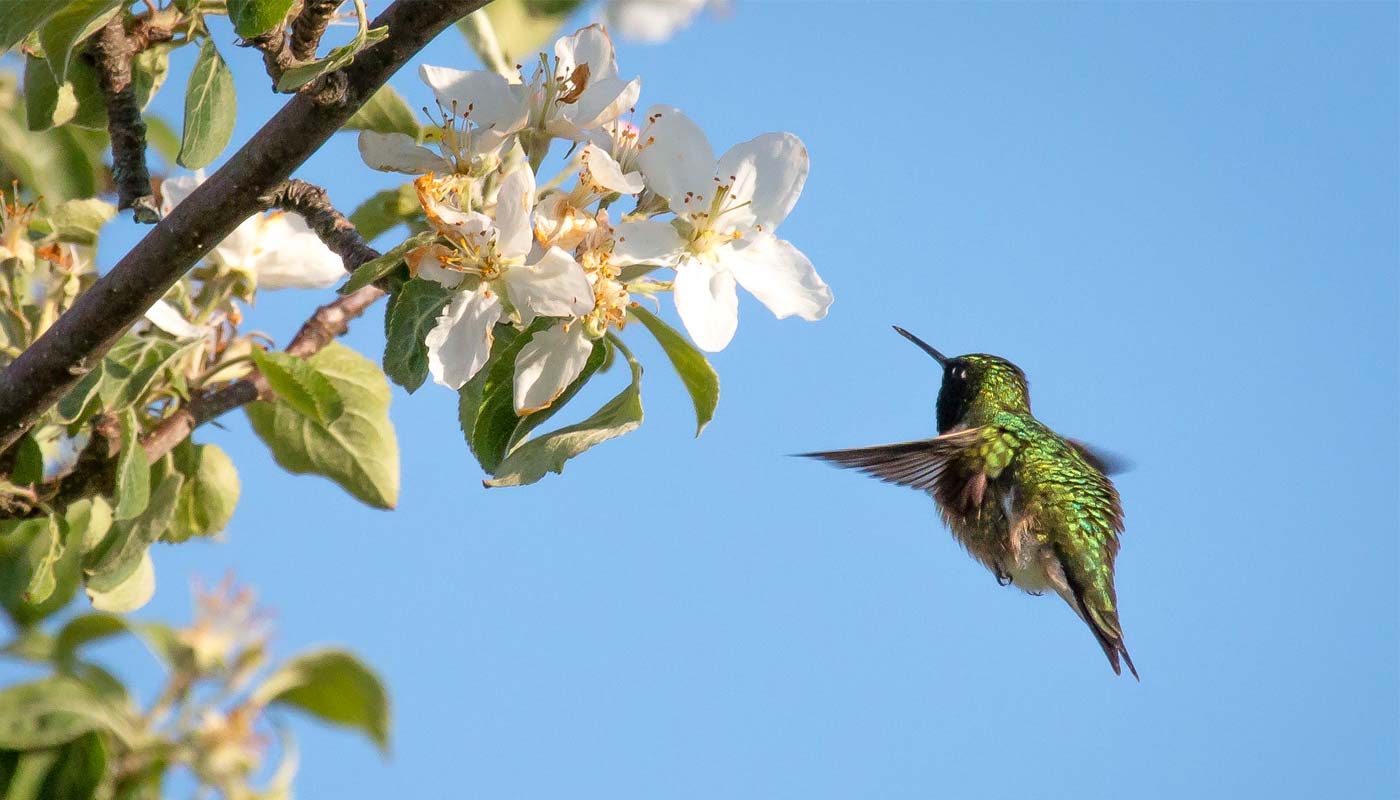
Birdwatching is a wonderful way to get out with friends and family and enjoy the beautiful outdoors in Algoma. You will get lots of fresh air and exercise. All you need for birding are good walking shoes or hiking boots, binoculars and/or a camera, and a good bird identification book or app.
As stated in Wikipedia: "Birds (Aves), a subgroup of reptiles, are the last living examples of dinosaurs. They are a group of endothermic vertebrates, characterized by feathers, toothless beaked jaws, the laying of hard-shelled eggs, a high metabolic rate, a four-chambered heart, and a strong yet lightweight skeleton."
Birds have been a fascination for humans for centuries. Birds range from as small as a hummingbird to as large as an albatross, but you won’t find them later here in Algoma. The colour selections are as varied as the birds themselves, ranging from black, gray, white, buff/brown, red/rufous, yellow, olive/green, blue, and orange. You can find the birds eating at feeders, swimming or wading, on the ground, in trees or bushes, on a fence or a wire, or soaring or flying high in the sky. Birds have distinctive sounds which you will probably hear before you see a bird.
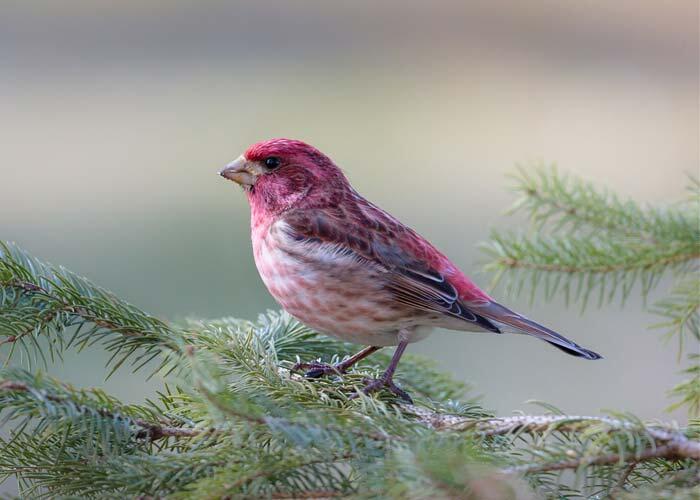


Bird Seasons
Birds have many seasons such as migration, breeding and non-breeding times, and locations within Algoma. Some birds can also be seen year-round.
The best times of day to find birds are early in the morning just after sunrise, or later at night just before sunset. The best times of the year to view birds migrating north are mid-April to mid-May; for breeding birds, go in late May to early July; for birds migrating south, view in mid-July to October, and for winter birding, view in December through to February.
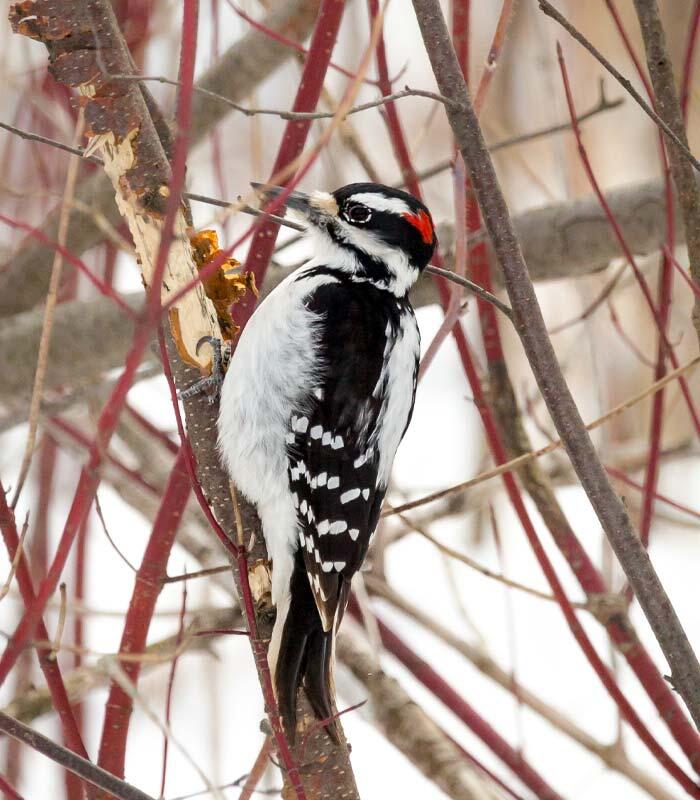
There Are Many Birding Areas In Algoma
Algoma has quite a diverse landscape which consists of boreal forest, coastal shorelines along Lake Superior and Lake Huron, and many inland lakes, rivers, swamps and bogs teaming with birds. In Sault Ste. Marie, around the Sault Locks and Whitefish Island, there is an abundance of birds. The Sault Locks area has bald eagles, osprey, black-crowned night herons, barred owls, hawks, black-winged blackbirds and many songbirds.
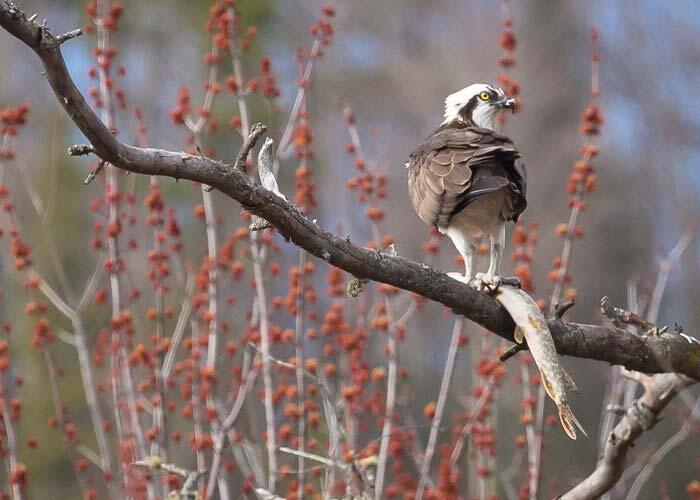
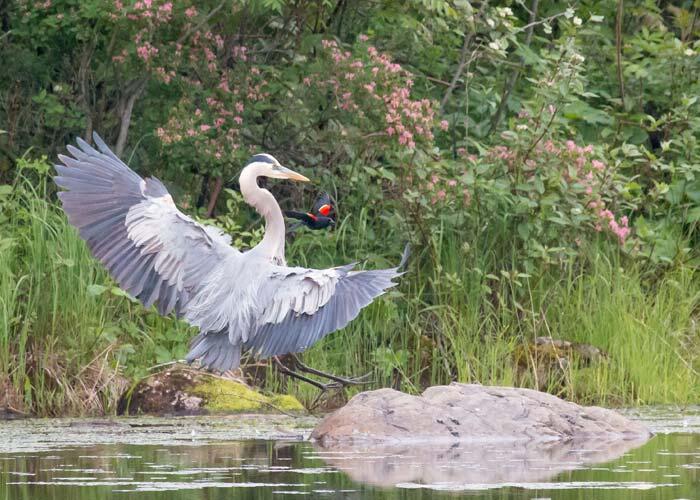
To the East, there is a viewing platform at the end of Lake Street in Echo Bay as well as the boardwalk with viewing platforms along Highway 17B in Echo Bay. Pumpkin Point Road also has a viewing platform that overlooks wetlands with many types of ducks, swans, songbirds, and birds of prey such as the bald eagle.
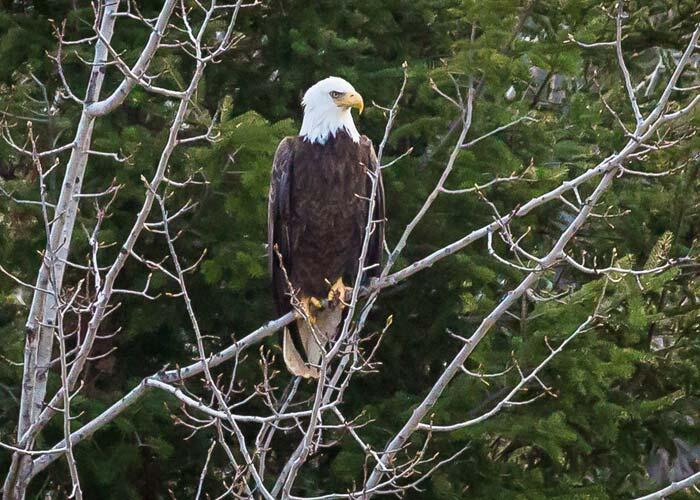
St. Joseph Island has a diverse population of birds as the habitats on the island are quite diverse. You can find birds both inland in the marshes and swamps, around the farms and open fields and along the shoreline of the island. Turkeys, herons, sandhill cranes, woodpeckers, ruffed grouse, eagles, owls, loons, songbirds, and a huge variety of ducks live on the Island. There is an extensive list of birds in the Algoma Area.

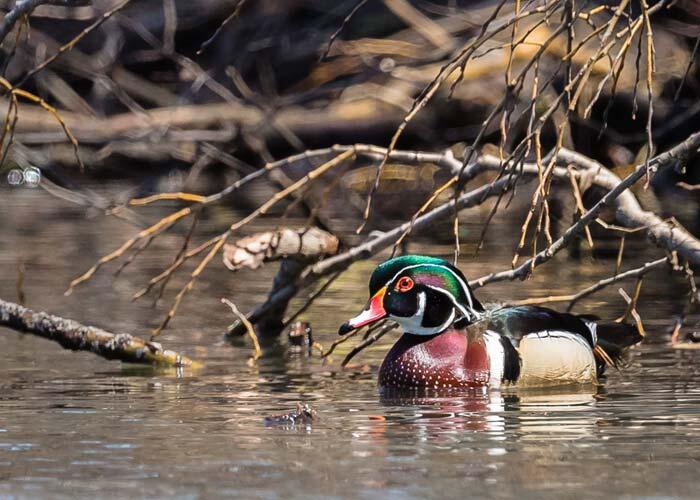
You can turn your own backyard into a bird sanctuary by providing the birds with the four elements of habitat, shelter, food, and water they need to survive. Bird feeders (platform, hanging, suet) can be placed in your yard. Shelters can be made with planted grass, trees and shrubs both dense and sparse, plants that produce berries, sap and nectar, and lastly, nesting boxes and materials in the spring. For more information on creating a backyard habitat, go to the National Federation Backyard Habitat Program.
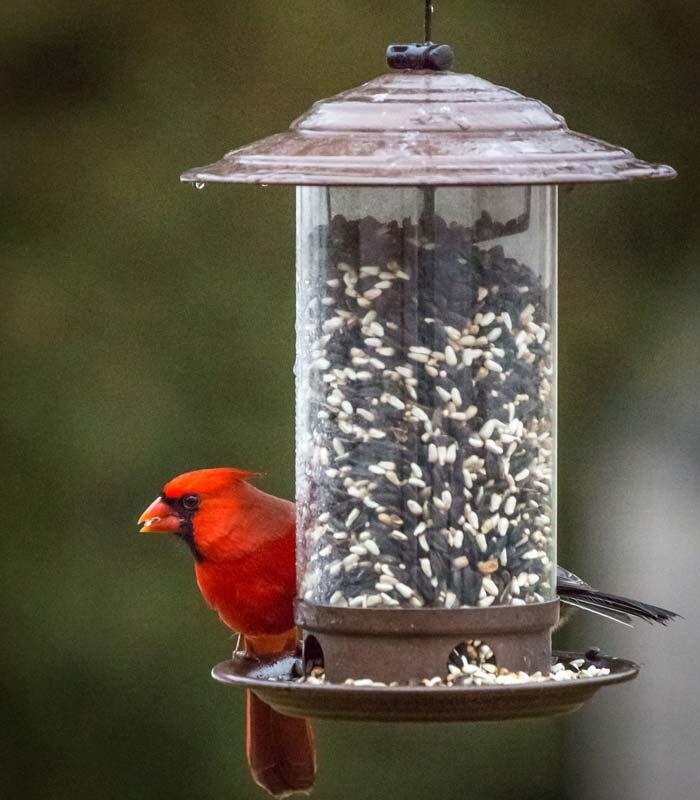
As a photographer, it’s important to study the characteristics of birds such as their colours, markings, calls, habitat, and behaviours. Often, you will hear a bird before you see it. I dress in camouflage and try to be as non-obtrusive as I can. I like to photograph birds in their natural habitats, and I try to capture their personality and/or behaviours. The shots I am trying to get are of birds in motion or looking directly at me. You need a fast shutter speed and good panning techniques to get good clear shots of birds in motion. It’s so important not to infringe oneself on any wildlife you encounter. You do not want to upset the birds or endanger them or their young ones. Observe from a distance and not too frequently. A really good zoom lens or powerful binoculars will allow you to enjoy watching from afar and not upset the birds.
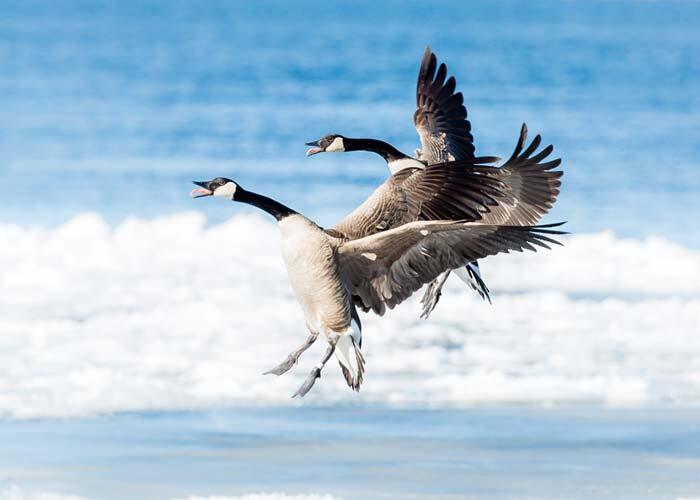

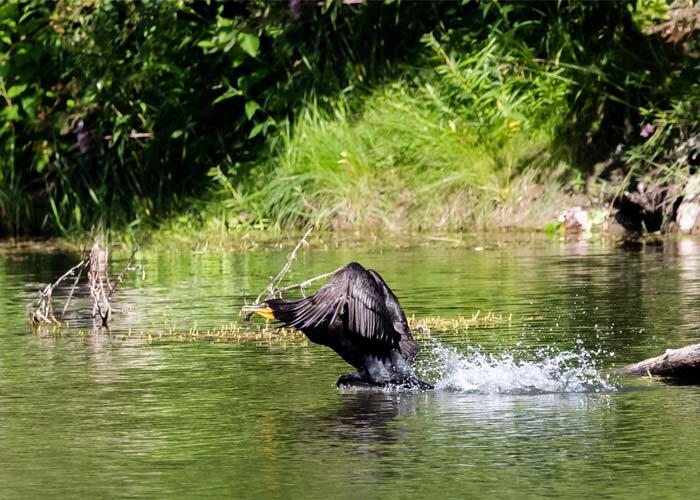
Identifying Birds Can Be Tricky At Times
A few apps you may want to try on your phone are The Cornell Lab Merlin or Peterson Birds. On the Merlin app, you input the date, location, bird size, the main colours of the bird, and the bird’s location such as in trees or swimming. A list of birds with their descriptions, pictures and the bird's call comes up and you select which bird it is. This app also has a new feature called Photo ID; you just take a picture of the bird and it searches for the species. The Peterson Birds is an app which is the Peterson Field Guide – Birds of North America. This app is quite extensive with bird calls, descriptions, and locations. There are also many good birding books and field guides you can purchase to help you. Some of the main birds that can be found in Algoma are in the Ontario Bird Identification – Forests Ontario Guide or an extensive list on Wikipedia. The latest bird sightings in Algoma can be found on ebird.
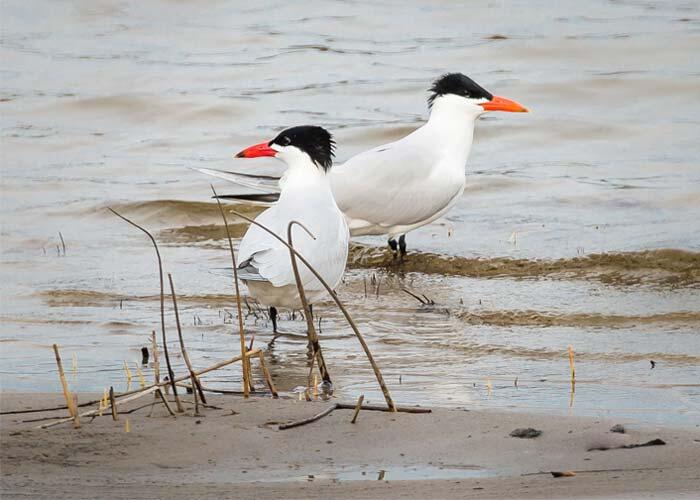
If you want to be more social and spend time with like-minded people, you may consider joining an outdoor group. A local birding club is the Sault Naturalists. There is also the Algoma Highland Conservancy, which encourages birders, photographers or anyone interested in conservations to join.
Birding can be a rewarding, social, and healthy activity for you, your family and your friends. Get out and enjoy what Algoma offers.
More Birding Photos: www.sheriminardi.com
Other Links You May Find Helpful
Recommended Articles

The Group of Seven in Algoma

9 Facts to Know about the Agawa Canyon Tour Train

